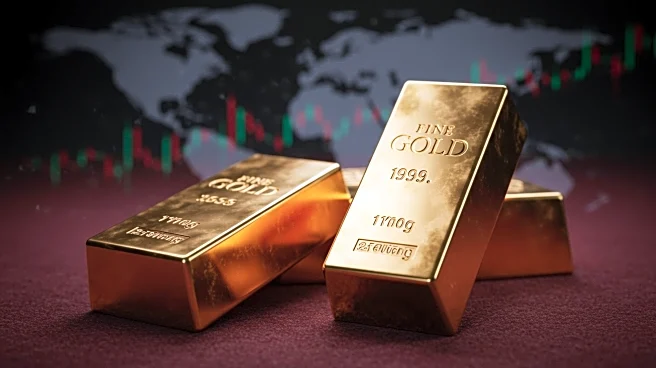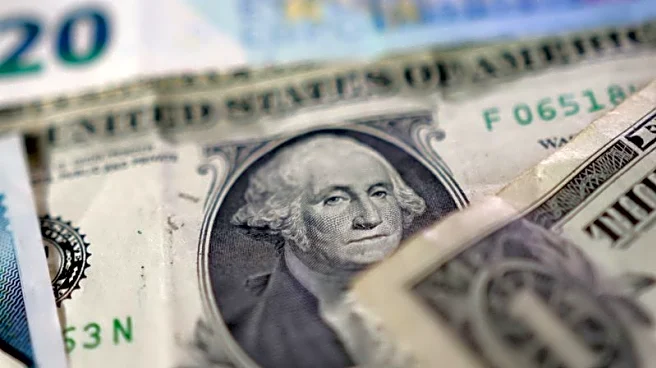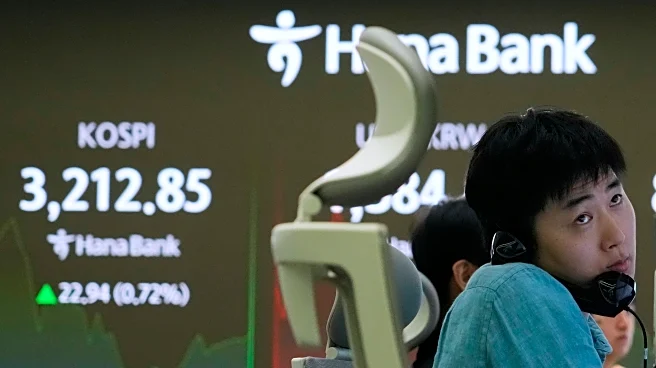What's Happening?
Central banks worldwide are significantly increasing their gold purchases as a hedge against inflation and geopolitical uncertainties. According to J.P. Morgan Research, countries like China, Türkiye, and India have collectively purchased an average of 710 tonnes of gold quarterly in 2025. This trend reflects a global shift away from dollar dominance and a desire to diversify reserves. The demand for gold is further amplified by U.S. trade policies under President Trump and ongoing tensions in the Middle East, positioning gold as a preferred geopolitical hedge.
Why It's Important?
The increased demand for gold by central banks highlights a strategic move to protect against inflation and currency devaluation. This shift could impact the U.S. dollar's global dominance, as countries seek to diversify their reserves. For investors, gold's role as a safe-haven asset becomes more critical amidst geopolitical risks and policy uncertainties. The trend underscores the importance of gold in maintaining economic stability and preserving purchasing power during volatile times.
What's Next?
As geopolitical tensions and inflationary pressures persist, central banks may continue to bolster their gold reserves, potentially influencing global economic dynamics. Investors might reassess their portfolios to include gold as a strategic asset, balancing short-term volatility with long-term resilience. The ongoing demand could sustain high gold prices, challenging traditional rate-driven dynamics.
Beyond the Headlines
The shift towards gold could signal a long-term change in how countries manage their reserves, potentially reducing reliance on the U.S. dollar. This move may also reflect broader geopolitical strategies, as nations prepare for economic uncertainties and potential shifts in global power structures.














